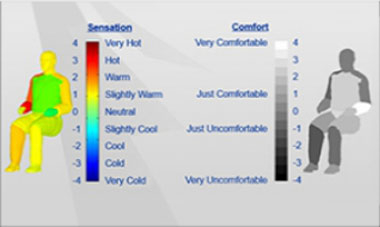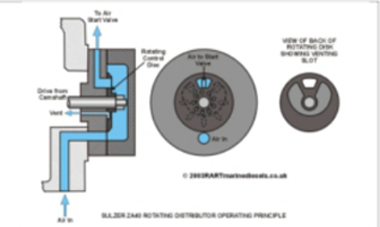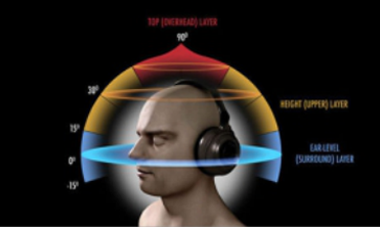

Guided by China National Astronaut Center and National Key Lab of Human Factors Engineering, Shenzhen Human Factors Institute is founded by Shenzhen Donghai Current Design, which is first practice organization to carry out research and application of design methodology with scientific guidance, and is an exchange and cooperation platform between experts and scholars in the fields of contributing to design innovation, human factors engineering, and cognitive science.


As a result of the rapid rise in the cost of weapons and equipment systems in general, many unexpected personnel training costs, interface redesign, logistics and maintenance costs, system downtime and maintenance costs have occurred. The US Department of Defense stipulated in 2003 that HSI must be applied to the development of all opinions (software and human resources) to optimize the overall system performance, combat effectiveness, adaptability, survivability, safety, and economics [DoD 5000.01, Defense Acquisition Systems (1.26 requirements)].

In 2004, the FDA conducted an analysis of the causes of approximately 130,000 medical accidents. Up to 60% of incidents were related to errors in use or user operations. Therefore, strengthening medical equipment usability testing for human factors engineering (assessment) can make medical equipment easy to learn, easy to remember, efficient, intuitive, and to have good user experience. It effectively enhances the safety of medical device, avoids medical accidents and recalls, allowing manufacturers to optimize opening cycles, increasing sales, simplifying training and product support and and reducing legal risks.

As deeply developing the global economy, the social industrial structure has gradually evolved from the era of "industry 2.0 and 3.0" with “manufacturing-centered” to the era of information interaction with "service-centered"- the era of Industry 4.0. The design without technology-orientation is called as “service design”, showing the relationship between people and between people and nature; therefore, this requires objective and scientific theoretical guidance - the application of human factors engineering embodies not only the human-oriented design method, but also the ecologically-oriented green design method.
In design, we should integrate various factors related to human beings. These factors include hardware, software, environment, management and operation practice. In the design process, we should pay attention to cognitive factors, especially human characteristics, and combine with general function-oriented design methods.
Human characteristics should not only include the basic ability or limitation of human beings (such as perception), but also the knowledge of how the operator controls the “design objects” and their interaction as well as the psychological needs of people, which include workload, self-fulfilling needs, motivation and cultural background. The design objects include machine (hardware and software), environment, operation and management.
Man-environmentinteraction: the environmental principle of Human Factors & Ergonomics Design in the control room is mainly aimed at the requirements of thermal environment, air distribution, lighting environment, sound environment, air quality and vibration.










